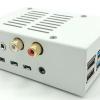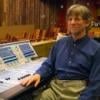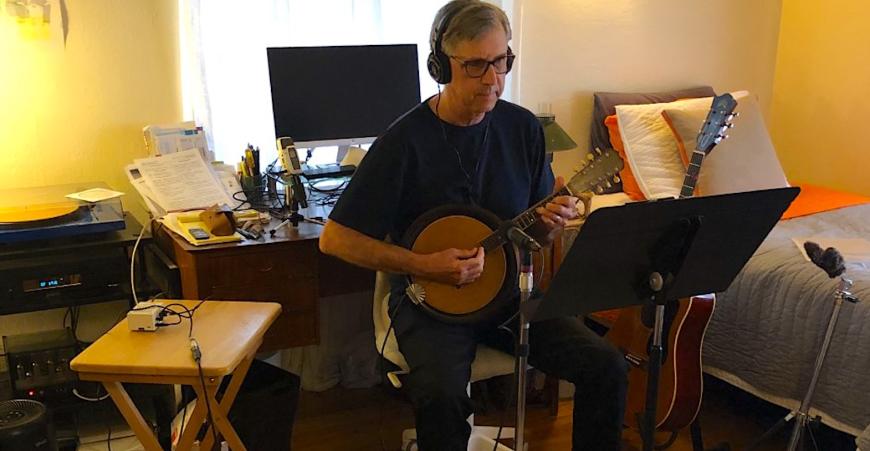
The past 18 months have been pretty grim for music journalists covering the live-performance scene. Cancelation notices dominated SFCV news items during the spring and summer of 2020, and we turned our critics loose on recorded music and streaming performances to compensate for the lack of live concerts. Many musicians, however, were persisting — some even thriving — during lockdown, and one truly positive story in those first months was a report on new technology the Ragazzi Boys Chorus was using that enabled them to maintain real-time rehearsals with everyone singing safely from their own homes.
The technology in question, JackTrip Lab’s Virtual Studio, comprises software and a hardware interface that allows each participant to use a microphone, headphones, and a home computer to connect directly other musicians via a dedicated JackTrip server. The result dramatically reduces latency — that maddening little delay in time between connected parties over the internet than can make conversations stilted and music-making impossible. With JackTrip, audio is perceived as more-perfectly synched.
Early on, the foundation supporting the development of this plug-and-play platform realized that there was potential value in JackTrip for any musician that needed real-time connectivity with remote colleagues, and they soon turned their attention to how to share the tools. About a year ago we reported that the foundation had made the first step of that journey: JackTrip software and hardware was available to the general public. Take a look at our Nov. 2020 article for some basic background on the tech details.
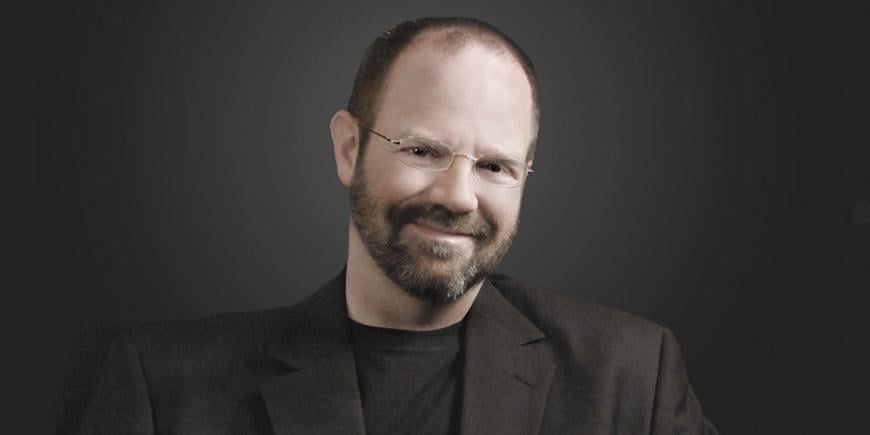
We were curious to learn how the platform has evolved over the intervening year, and JackTrip board member Russell Gavin offered to fill us in. Gavin is the Dr. Arthur P. Barnes director of bands at Stanford University, and he has experience with the JackTrip tools from virtually every angle. The first thing he made clear is that demand for the platform is growing and growing fast, and the board realized that the nonprofit entity they’d created to disseminate the product was almost immediately out of its depth in terms of scaling to meet demand and future growth.
As Gavin tells it, “There was a stretch there when we were doing everything, and the people writing the code were also packing the boxes, printing labels, and operating the sales channel, too. This all came together originally because a dad wanted to make sure his son could still sing with his chorus — the Ragazzi — during the pandemic,” Gavin said. “The resulting tech got traction first with Ragazzi, and then throughout the Bay, and then in other places. At a certain point, we [the foundation board] looked up and realized that we couldn’t do the world the service that we believed might, we need to become a for-profit entity and raise the capital that would allow the scale that would impact the world in a great way.”
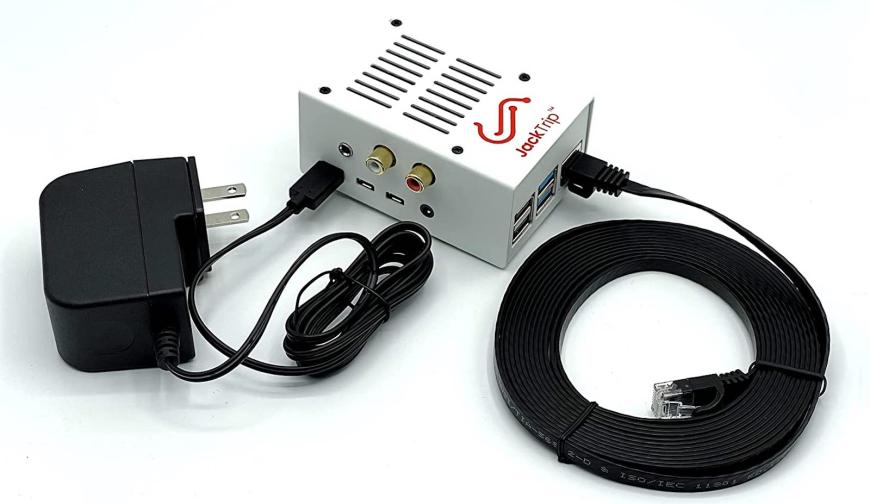
The first step last winter was founding JackTrip Labs as a public-benefit corporation. “That’s a regular business, but with an articulated message of doing social good inherent from the founding,” said Gavin. “We did that based on the fact that we were getting a tremendous amount of interest and demand, and the nonprofit setup was not able to scale to meet that demand. So we raised money with a seed round and turned on all the mechanisms we thought were necessary to get the service into the hands of as many people as possible,” he said.
Becoming a business made it possible to very quickly reach the foundation’s milestones more effectively. According to Gavin, “We now have 60,000 users and we just hit the 100,000-hour mark of people making music on our platform. We’re excited to be a part of solving this problem.”
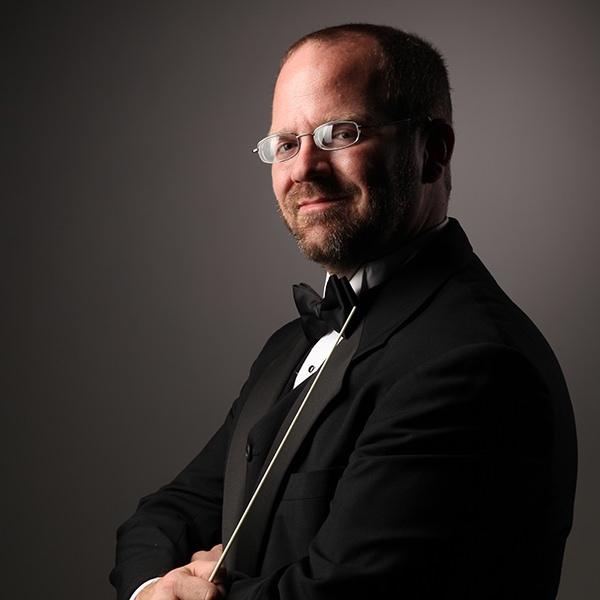
The latest step in taking JackTrip to the masses involved forming partnership with Hal Leonard, the world’s largest print music publisher and leader in digital music technology, to distribute the JackTrip Virtual Studio devices. In announcing the collaboration, Mike Dickey, CEO of JackTrip Labs said, “This partnership will help us continue to connect musicians over the internet and expand this thriving community of users who are collaborating remotely worldwide.”
As Gavin puts it, “the Hal Leonard part of that story is that in addition to being a name that every musician knows as the largest music publisher in the world — everybody who has played music in the last 80 years knows who they are — they are also a very forward-thinking company. When we saw some of the things that they had going on, we realized that there was a tremendous amount of alignment with what we were trying to do, and at the end of the day, we’re all trying to create more music in the world.
“When we partnered with them as distributors for our product, that immediately put us a step closer to more musicians and helped us reach our goal of making this as accessible as possible. The accessibility is making it plug-and-play,” said Gavin. “Having a relationship with Hal Leonard, that already has a relationship with every music store and every school, we knew that meant that and student who needed out product literally anywhere in North America could have access to it overnight. With reference to school in particular, there are processes and vendors you have to go through, and with that one relationship with Hal Leonard, we have a pathway into every home,” said Gavin. “It’s very exciting.”
The music industry at large is taking notice, too. Even before the August announcement about the Hal Leonard partnership, JackTrip nabbed a “Best in Show” award at the music industry’s massive Summer NAMM (National Association of Music Merchants) convention in Anaheim, Calfornia — cause for bragging rights for the purveyor of any music-related product.
Growing the Product
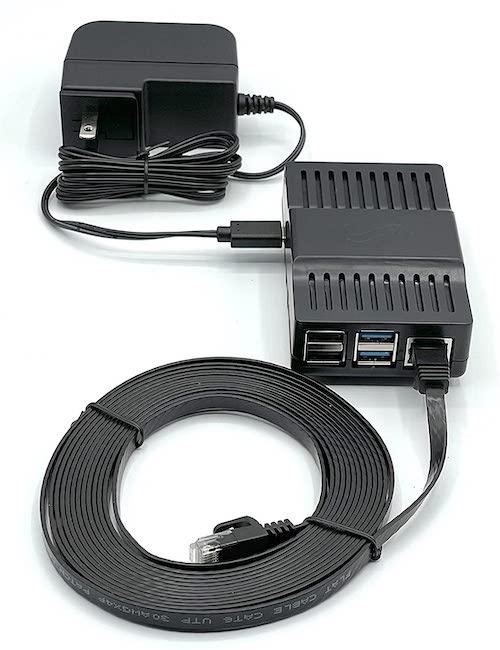
JackTrip Labs isn’t resting on its laurels, though. There are improvements in the software that allow more flexibility depending on the users’ internet connections. Gavin said, “We have had people successfully connecting and playing music with download speeds as low as 8 Mbps. We have some settings in the platform that allow you to use the lower bandwidths. That’s something that didn’t exist when we talked a year ago.”
JackTrip Labs recently announced a new device developed for those who already have a computer interface for their mic and headphones. In a press release at the end of August, the company announced their new Digital Bridge product, “for musicians who already have an audio interface like the Presonus AudioBox USB 96, the Scarlett Focusrite 2i2, or a USB microphone like the Blue Yeti. The Digital Bridge is lower cost device that adds flexibility and choice for Virtual Studio users who would like to use their own gear,” according to the website.
To support the rapidly expanding user base, JackTrip is expanding it server offering to keep pace. In Nov. 2020 we noted that there were seven dedicated JackTrip servers scattered around the country. There are now about 60, with more planned.
And a newsletter sent last week announced the new JackTrip Community Forum, an online discussion group for users to learn about the latest product updates from the JackTrip Labs team and to share information about microphones, interfaces, and other audio tech, learn more about how to use the virtual studio, discuss what can be improved, and more. Gavin says they set up the forum, “To keep the dialog going. We’re excited about the future of that. It’s intended to be a place for people who are interested in JackTrip can meet and share best practices and ideas.”
Who Is Using JackTrip Virtual Studio?
Ragazzi Boys Chorus made the news as pioneers in the Virtual Studio world, and lots of other vocal ensembles have joined the club. A particularly newsworthy example of JackTrip in action took place last May when composer Eric Whitacre presented the world premiere of his Sing Gently, featuring members of the SF Girls Chorus, Ragazzi, and the Southern California Children’s Chorus. There were 80 singers with more than 400 miles of separation participating, and it was all tied together via JackTrip Virtual Studio. You can catch a glimpse behind the scenes of how this was accomplished in the video below.
Instrumental ensembles have been using the platform, too. Here’s the Stanford Philharmonia performing a one-hour program of works for string orchestra — 13 musicians, all playing together online from different locations throughout California.
Beyond Big Choral Groups
We were curious about if and how smaller vocal ensembles and instrumental groups without the resources of an arts organization or university behind them were making use of the JackTrip platform. We talked with some Northern California musicians to find out.
Brian Walker is a highly respected Bay Area sound engineer and musician who has a reputation for helping musicians connect with their audiences — and with each other — through technology. When the pandemic hit and live performances came to grinding halt, he offered classes in best practices for broadcasting music from home for artists who wanted to continue playing for an audience via the internet. He first learned about JackTrip through SFCV articles, and adopted it for rehearsals with two of his own ensembles: As Meigas, which plays traditional Galician gaita (bagpipe) and percussion music, and the Worldsong choral ensemble.
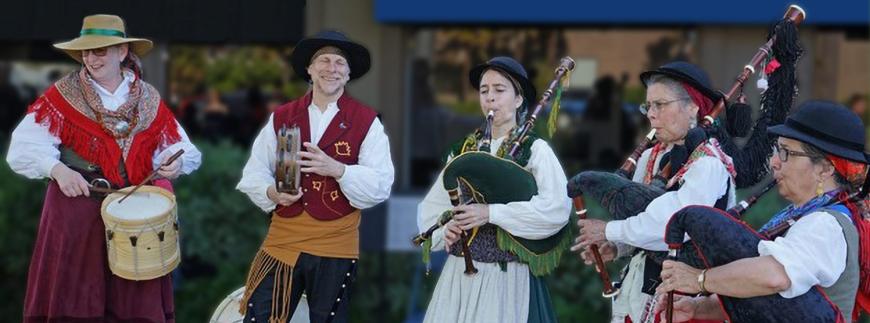
Walker said, “As early as April of last year there was strong evidence that singing together, especially indoors, can cause superspreader events. One of my groups features acappella singing and the other features both singing and bagpipes, so in-person rehearsals just weren’t an option for either group. JackTrip has allowed us to keep rehearsing instead of disbanding the groups, which have become important communities for us during a time of isolation.”
As an engineer, Walker realized the potential for making use of JackTrip early on, but some of his colleagues were slower to come on board. “Some people needed a bit of convincing, especially since JackTrip isn’t the only option, but since many of the folks in these groups aren’t particularly tech-savvy, the plug-and-play nature of JackTrip studio was an attractive proposition,” said Walker. “Ultimately, the relative ease of setup made the additional investment worthwhile for everyone. It still required me to walk each person through the process of purchasing and connecting the gear, but now it’s smooth sailing,” he added.
We also talked with Nick Robinson and Irene Herrmann, who play together in the Easy Winners, a mandolin and guitar ensemble specializing in the ragtime-era music of the Americas — rags, waltzes, cakewalks, tangos — on vintage instruments. For them, the tool has been used mostly for “sectional” rehearsals rather than for full-band practices. “JackTrip allowed me to rehearse with one member [Herrmann], who lives 80 miles away. She was the only one of my three bandmates who was interested in rehearsing online, so the two of us used JackTrip to learn our parts and prepare for in-person rehearsals of the full quartet. No arm-twisting was involved.” Herrmann adds, “This was purely out of necessity during COVID. I was willing to make the investment. If you already have a decent microphone and headphones, it’s not really that expensive.”
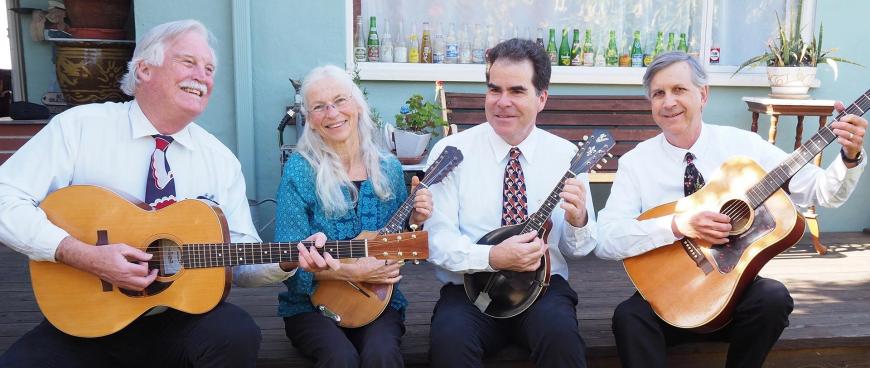
Fingerstyle guitar duet Teja Gerken and Doug Young have been using the JackTrip interface to keep up the momentum they’d achieved just before the pandemic hit. According to Gerken, “Doug Young and I had just finished an album of fingerstyle guitar duets in March of 2020, which of course was bad timing on many levels. We’ve produced several remotely recorded videos over the last year and half, and we also started working on new material by sending Logic files back and forth, but we didn’t play together in the same room for more than a year. Although we’ve now had a few chances to be together in person, the fact that we live on opposite ends of the Bay Area makes working with JackTrip attractive regardless of the COVID-related situation.”
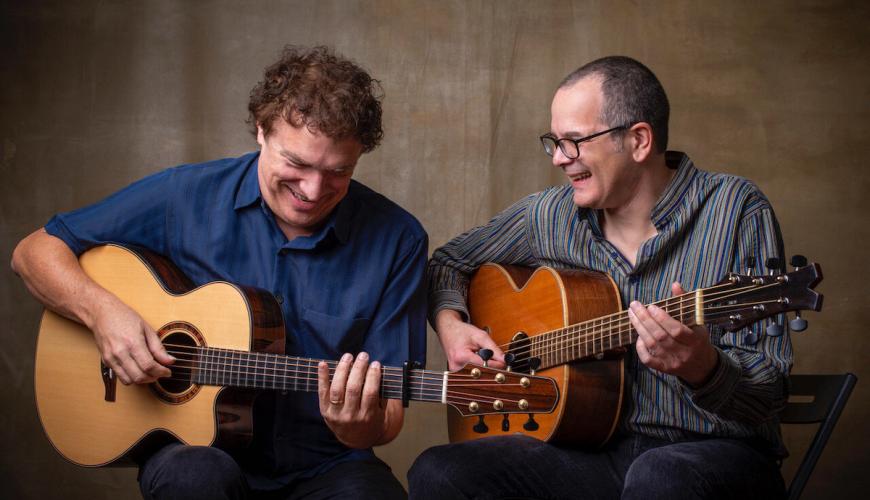
Gerken relays that it was not really a plug-and-play experience for them. “It has taken us a while to get up and running, and somehow every time we connect, there seems to be something else that we either forget or that is some new hardware or software twist. The whole things feels pretty wonky, though it does work great when it works,” he said. “We’re now using it in additional to swapping audio files, as there’s really no substitute for playing together in real time to work out ideas and arrangements.”
Connectivity Issues
In our original stories about JackTrip, we showed the importance of every link in the chain for having a high-speed internet connection. We wondered how this played out for the average player who might not be able to afford that level of quality equipment. Walker said, “Different band members have different degrees of speed, but since we are all fairly close to each other it hasn’t been too much of an issue. When we began to use JackTrip, I was living in a neighborhood where fiber internet was available and it was great, but recently I moved to a neighborhood that only offers cable internet and the difference is very noticeable. We are usually able to make adjustments to manage the latency but some days are better than others.”
As noted above, the latest version of JackTrip software allows for a wider range of internet service, good news for the average user. Robinson confirmed this. “Neither of us has high-speed or optical service,” he said, “and we weren’t willing to invest in upgrading our internet services. This meant that latency and distortion were issues we dealt with. On the whole we were still able to use JackTrip as a rehearsal medium.”
Herrmann confirmed getting up and running with the technology was very much a “plug-and-play” experience. “I just followed Nick’s instructions and it was easy,” she said. “I am the least tech-savvy musician I know, and if I can do it, anyone can.”
Lingering Latency
Each of our interviewees reported that there were still occasional latency issues they had to contend with. They all agreed that it was generally manageable, but that there was a learning curve involved. “There is a phenomenon related to the latency that causes the tempo to gradually slow, sometimes dramatically,” said Walker. “We’ve discovered that when we sing in-person, we are listening to and cueing off of each other, sometimes timing our entrances based on what others are doing — in other words, starting the phrase a split-second after someone else does and then joining in.
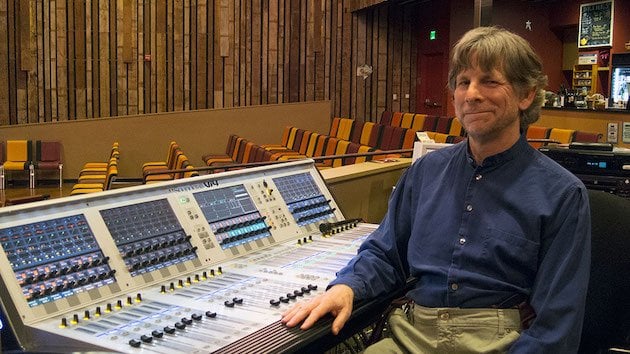
“This works fine in-person, but if you try to do that when singing over JackTrip, the latency causes those gaps to be longer and we learned that you can’t sing like that. On JackTrip, you have to stay in tempo without waiting for a rhythmic lock with someone else. It works, but you have to override your natural tendency to listen for others to start first. It’s a skill that takes a little time to learn, but once you get it, then it’s a satisfying experience.”
Walker noted that with practice, he and the other drummer in As Megas have been able to “get a good lock” between their instruments, which, because of their sharp attack tend to be even more sensitive to latency issues than voices or wind instruments.
Herrmann was more sanguine about the latency issue. “As far as latency goes, either I’m not very fussy or flappable, but the little almost-immeasurable delay between Nick and me never bothered me in our ensemble playing,” she said. “I always had one headphone off and one on. I needed to hear myself acoustically and turned myself down on the headphones. I probably did hear some delay of my own playing through the JackTrip equipment, so I just turned myself down in the mix.”
Playing in the Dark
One of the biggest adjustments musicians have to make, since they are conditioned to the visual cues that occur when playing together in person, is the fact that online audio connections don’t support synched visuals. Walker says his groups use Zoom for the video component with the audio muted. But he adds, “Sometimes we have to look away from the screen because the tendency is to cue off the visual image instead of the audio. But since they are out of sync, we had to train ourselves to focus on what we are hearing on JackTrip, not what we see on screen or what we hear in the room.”
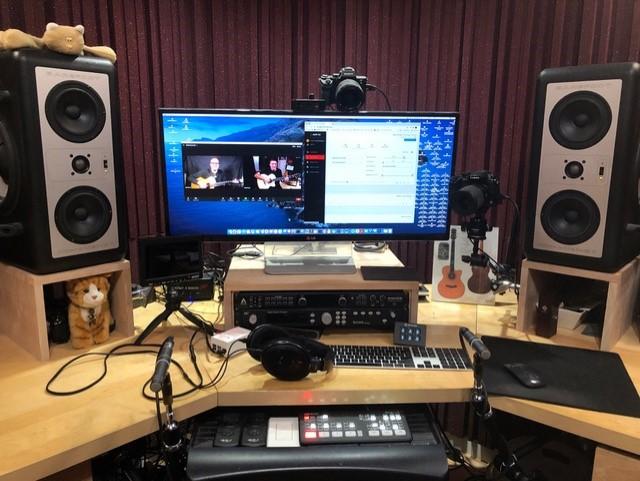
Gerken and Young like having the visual component. “We typically run a Zoom session at the same time, so we can see each other,” said Gerken.
Robinson and Herrmann skip the video component altogether. He said, “One surprising aspect of our experience with JackTrip was that being deprived of visual cues seemed to heighten our focus on listening to each other. A small amount of latency seemed to do the same thing. If there was the slightest delay, we’d try even harder to stay together! It was a thrill when we could.”
Herrmann’s reaction was much the same about eschewing the visuals: “This made it very interesting as we only had our ears to rely on. Of course, then you realize how much you rely on the visual component as a musician — not only with starting a piece, but also, all kinds of subtle inflections.”
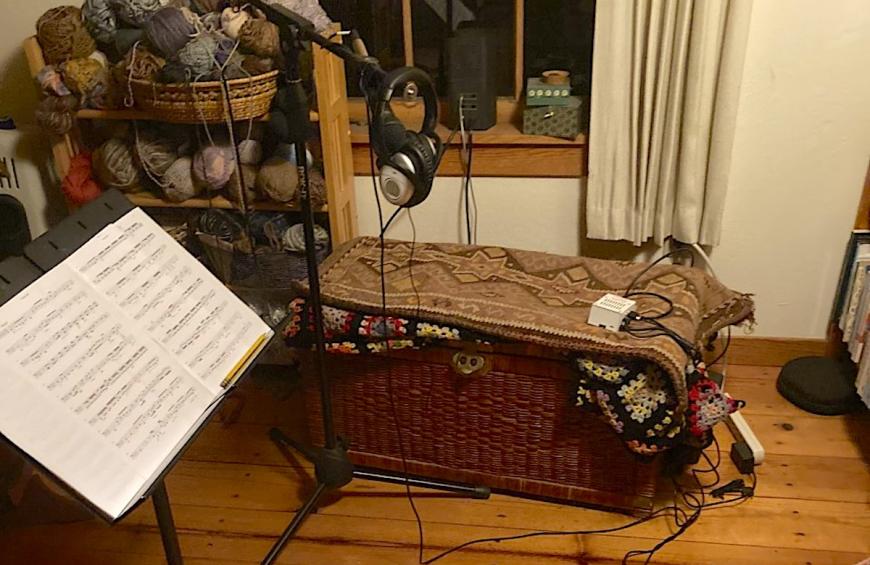
JackTrip in a Post-Lockdown World
We asked if their experience with JackTrip Virtual Studio would continue once everyone is vaccinated and numbers are low enough so that regular face-to-face rehearsal are possible.
Walker said, “Different band members have different attitudes about the continuing risk to vaccinated people from the Delta variant so for now we will continue using JackTrip, until everyone is comfortable.” But he added that the technology made it appealing even in a post-lockdown world. “The fact that no one has to get in a car and drive through (often bad) traffic to get to rehearsal, that all you have to do is sit down in front of your computer, means that we can rehearse much more often and everyone looks forward to it, instead of dreading the hassle of getting somewhere on time,” he said. “Rehearsals now include time for socializing, which wasn’t always possible when we were meeting in person.”
Robinson said, “Since being vaccinated, we’re able to return to indoor, in-person rehearsals. Because we’re geographically dispersed — Richmond, Winters, Santa Cruz — we’ll probably continue to use JackTrip as a ‘sectional’ rehearsal to work out two mandolin arrangements and bring them to in-person group rehearsals.”
Herrmann was happy to have the technology to work with Robinson on their mandolin duets, but she doesn’t see it happening in her other music worlds. An accomplished classical-music cellist, pianist, and traditional-music fiddler, Herrmann said her experience of that music requires eye-to-eye, ear-to-ear contact in the same room. She is also a bit less keen overall on the remote sessions with the Easy Winners. “We have already started rehearsing again in person,” she said. “We’re not going back to JackTrip, unless it’s really the only alternative.”
Both Gerken and Young are technically sophisticated users, and can see limitations to the platform. “As people who have been around a lot of audio gear and recording software, it’s hard to overlook that JackTrip has some fairly clunky aspects to both the hardware and the software,” said Gerken. “But the bottom line us that it works, and for us, it’s going to be a great way to keep our duo rehearsed.”
As for the folks at JackTrip Labs, Gavin says they are keeping their eyes on the future. “As the digital infrastructure in the country expands, so do we. The JackTrip technology makes use of cloud technology and edge computing, and when Amazon launches a new edge-computing site in Boston, Miami, or Houston, we are one of the companies that they talk about as making use of those resources, which is pretty great.
“Everyone who is making music is capable of using our products. We are seeing one-on-one lessons for all instruments and voices, all the choirs, lots of rock bands, bands and orchestras —— everything from a trumpet section to a full orchestra. It appears to be virtually limitless in terms of musical reach. It’s inspiring to be part of it.”
Correction: In the original version of this article, Robert Armstrong was misidentified in the caption for the photograph above of the Easy Winners.
Note: Comments and photos from Teja Gerken and Doug Young were not in the story as originally published.


